There are many things to think about when preserving food. One of the most basic and important steps is handwashing. Handwashing and food safety is essential for keeping yourself, your loved ones and your food safe from harmful bacteria and other organisms.
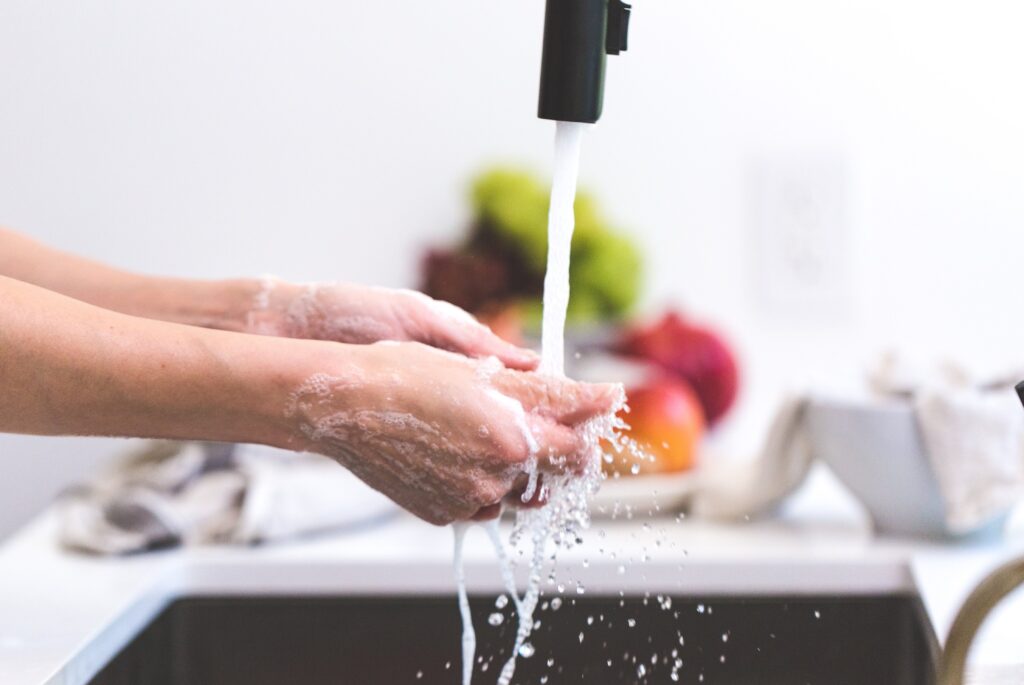
Read on to learn more about the relevance of handwashing when preparing food. As well as some tips for consistently keeping your hands clean while creating delicious preserves.
Relevance of handwashing when making preserves, and cooking in general
Making preserves is a delicious way to enjoy seasonal fruits and vegetables all year round. However, it is important to take food safety precautions when handling preserving ingredients, as they are often high in sugar and acid. With a little warmth, this combination can create an ideal environment for the growth of harmful microorganisms. These are microscopic and can’t be seen by the naked eye.
Handwashing is one of the most important steps in food safety. It is especially important when handling raw fruits and vegetables. They can often be contaminated with harmful potentially bacteria, viruses, mould spores and/or pesticides.
Germs and Food Poisoning
Unwashed hands are capable of carrying germs that can contaminate food and drinks, causing people to become unwell. In addition to spreading through the air, germs can be transferred by objects such as handrails, tables, toys and door handles. From there, they can easily spread to other people’s hands.
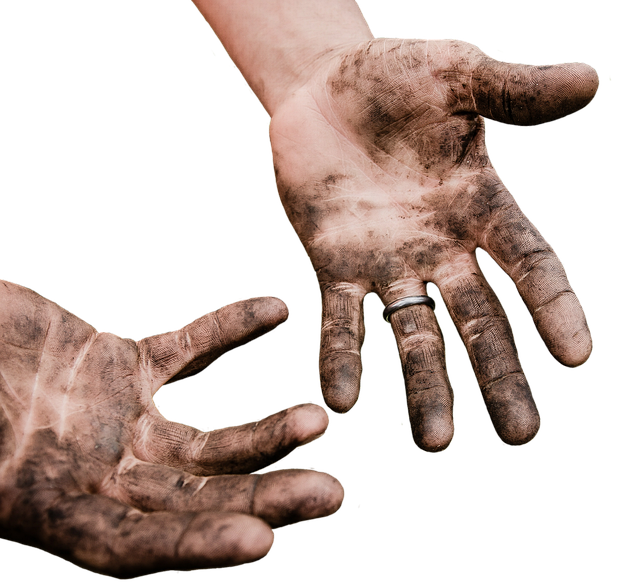
One of the leading causes of food poisoning at home is contamination from harmful bacteria on the hands. These bacteria arrive on your hands from cross-contamination and can make quite people sick. Every year, countless individuals contract food-borne illnesses that could have been avoided if better food hygiene had been practised. Symptoms can include common reactions such as nausea, vomiting and diarrhoea. But food poisoning can also lead to more serious illnesses.
The two prime bacterial threats in any kitchen are undoubtedly Escherichia coli and Staphylococcus aureus. E.coli bacteria occur naturally in the human gut, which means their presence in kitchen areas or precipitating food poisoning indicates unhygienic practices like not washing your hands after using the bathroom. S.aureus bacteria commonly occurs in large numbers in the nasal passages and is another indicator organism of poor food hygiene if found to be present in food preparation areas. And that is aside from the other baddies such as Salmonella, Listeria and Hepatitis A, etc
When making preserves, it is essential to wash your hands thoroughly with soap and water before handling any ingredients. This will help to prevent the spread of these types of bacteria, viruses and other microorganisms.
Premature Spoilage of preserves and other foods
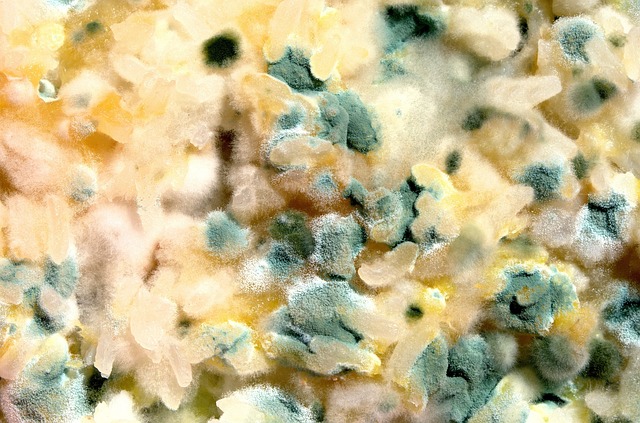
Contamination of foods by microorganisms means that this food is more likely to spoil or rot a lot sooner than anticipated. And because the bacteria and/or mould will have grown and spread in the food, their toxic effects are more potent if this food is eaten. The multiplication of these microscopic organisms can happen at alarming rates and should not be underestimated. Even minor contamination can come together with inadequate storage of foods to create a potentially harmful cauldron of serious ill-health from something that was made to be savoured.
So start with handwashing and food safety practices to ensure that your preserves do not spoil prematurely and are safe to eat and enjoy by everyone.
Furthermore, it is important to wash all utensils and surfaces that come into contact with the fruit or vegetables and other ingredients. This will help to further reduce the risk of contamination.
By taking these simple precautions, you can help to ensure that your preserves are safe and delicious.
Remember to wash your hands when:
Handwashing is one of the most important steps in food safety. You should wash your hands:
- before eating or cooking
- before and after handling raw food
- after going to the bathroom
- after touching animals or anything that could be dirty(rubbish bin, waste products, plant materials, after having a quick cigarette)
- after undertaking cleaning tasks
- after sneezing, coughing, or blowing your nose. You unknowingly touch your face, nose and ears, which can easily cause cross-contamination.
- after touching your phone or tablet
- after handling money or bank cards
This is not a complete list, so use your judgement. If you’re unsure whether or not to wash your hands again, err on the side of caution and go ahead and do it!
How to hygienically wash your hands – and it’s more than a quick rinse!
- Clear off any excess food or dirt by rinsing under clean running water. Hot water is not necessary.
- Apply soap to your hands and rub them together to create a lather. Be sure to get in between your fingers and under your nails.
- Continue rubbing your hands for at least 20 seconds. Not sure how long 20 seconds is – Try singing “Happy Birthday” from start to finish – twice!
- Rinse your hands well under clean, running water.
- Dry your hands using a clean towel, or paper towel or air dry them.
- If you don’t have soap and water available, you can use hand sanitiser that contains at least 60% alcohol. Still aim to wash your hands as soon as possible.
Following these simple steps will help to ensure that you are washing your hands properly and keeping yourself and those around you healthy.
Tips to aid handwashing and food safety:
Preparation
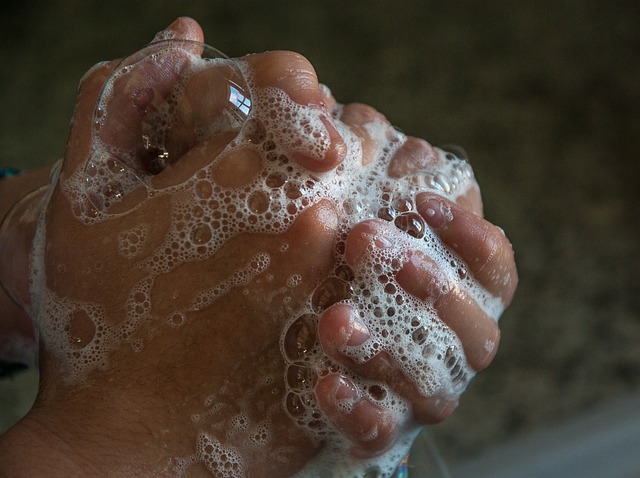
Make sure that the soap, disposable kitchen paper or a clean towel is conveniently placed so that it’s easy to use.
Choice of soap
Liquid soaps in a pump dispenser work best. You can pump out some soap using your arm and not touch the top of the dispenser; the liquid soap inside the dispenser remains relatively free from contamination compared to a bar of soap sitting in a puddle of water.
Soaps used to clean your hands before, during and after food preparation can have some antibacterial properties, but must also ideally be mild to limit the drying of the skin of your hands.
Hand-sanitisers
Although hand sanitisers are convenient, their use can be deceptive. Although hand sanitiser gels may be convenient to use and sometimes appropriate, they should not be the only method you rely on to clean your hands.
This perspective also has to do with the types of germs you are aiming to kill. The active ingredient in hand sanitiser, alcohol, is great for killing cold and flu viruses. However, the types of germs that make people sick at home or in the kitchen are more likely to thrive in fatty or sugary environments. These bacteria are most often transmitted from person to person by the faecal-to-oral route. The only guaranteed method of preventing their spread so far is thorough hand washing.
It may well be that the best way to avoid cross-contamination is to use hand soap and sanitiser together – but you will have to make sure that you have a plan to moisturise your hands when all the food handling is done as the alcohol in the sanitiser can be inherently drying to your skin.
To glove or not to glove, that is the question indeed!
Disposable gloves are used most often in formal food preparation situations like in restaurants or cafes where they tend to be used for already prepared foods. There is some debate about whether they offer any extra protection other than appearing to others to be more hygienic.
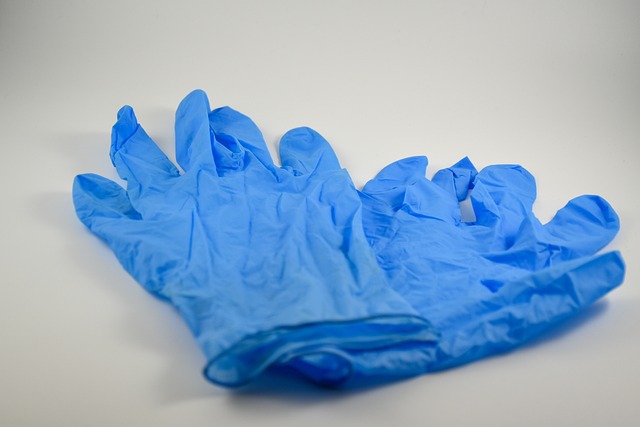
I have not used them as it seems like just another tool to juggle in the kitchen. It is also the case that it is acknowledged by food-hygiene monitoring agencies that gloves are not to be used as an alternative to effective handwashing.
And then there is the proper practice of using them to get some value out of them: You need to wash your hands before and after wearing the gloves, as well as making sure that you change them often between handling raw foods, or if they become damaged while cooking etc This sounds a lot like turning the act of keeping your hands clean into some sort of punishment – and one that is expensive as gloves need to be replaced; and which also contributes to more plastic waste. I consider that it is likely that this type of routine will be a challenge to apply consistently.
And consistency is where the power of clean hands has a food safety effect for the health and well-being of yourself, your family and your friends.
Conclusion
Good handwashing is essential to the safety of anyone who plans on eating the preserves they make. Don’t let germs ruin your preserving plans. Whether you’re using fresh fruits or vegetables from your garden or sourcing them from a farmer’s market or grocery store, it’s important to take the time to wash your hands effectively before starting any preserve-making project.
Follow these simple tips and you can be confident that you’re doing everything possible to create safe, delicious preserves for your family and friends to enjoy.